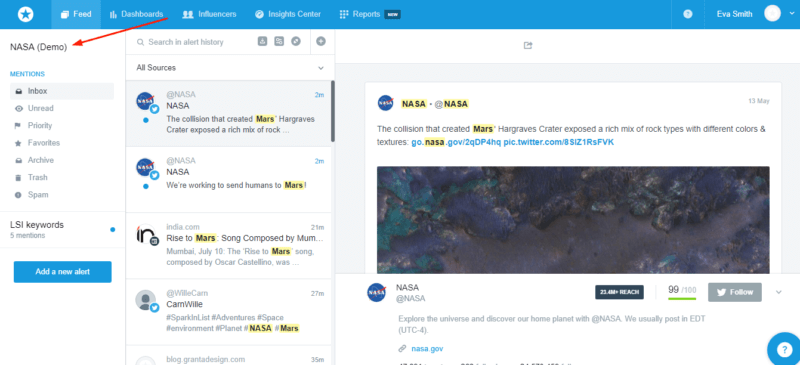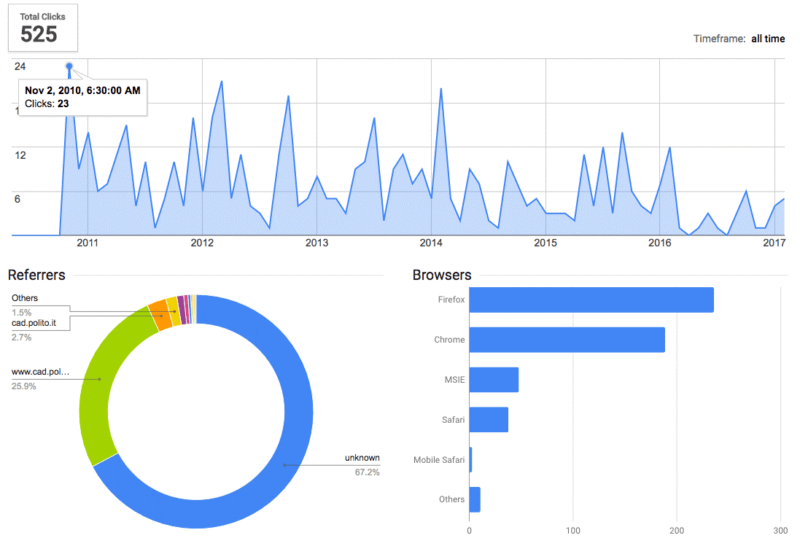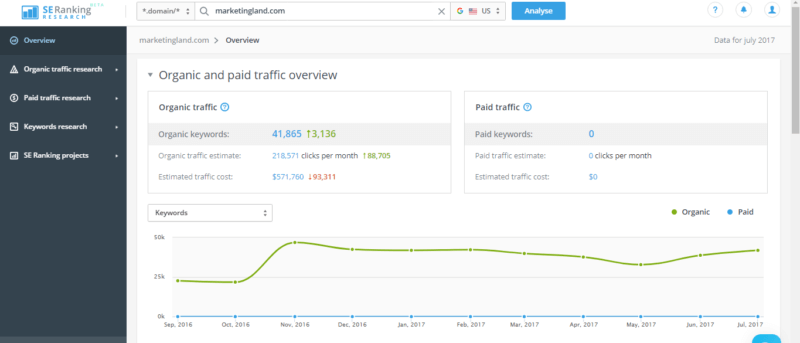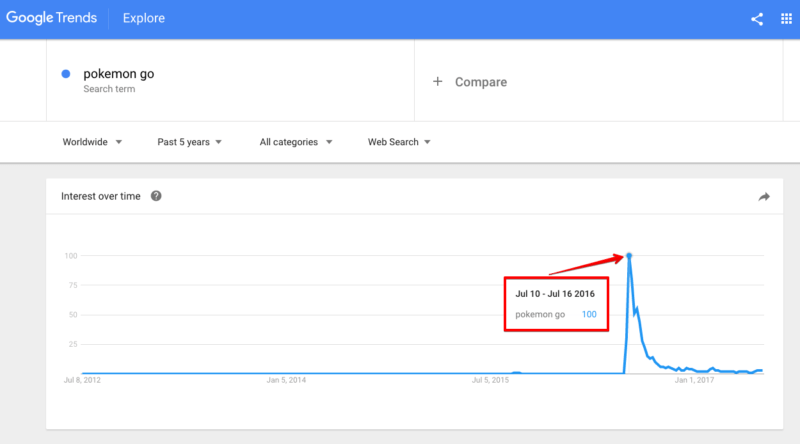Everyone understands that a good social media strategy is the holy grail for businesses; it molds the perception of a brand, carries the voice, creates the appeal, and as a result, increases revenue. There are a few fundamentals that can help enhance the strategy, but SEO, or search engine optimization, is hardly ever considered. Big mistake! Here’s why.
I’ll start by stating that social media and SEO are heavily tied to each other. SEO data can help improve your social efforts, and social media can help with the search rankings.
In fact, SEO data provides a bunch of information about your visibility and target audience: who they are, how they search for things, what keywords they’re using and what sites they’re surfing, not to mention the good old profiling data found in Google Analytics, SimilarWeb and SE Ranking.
Let’s dig in deeper.
Keywords
As a growing brand and business investing a lot into social media appearance, you need to know what people are saying about your company or products. To find that out, you can use different monitoring tools such as Mention or Google Alerts. However, to set the alerts correctly, you need to understand which search terms are being used.
This is where SEO gets into the game. It’s important to determine the most frequent search queries related to your niche. This data helps interpret the social community’s most urgent concerns.
Often, the best insights come from discussions about your niche overall, but not a specific product. In other words, you need to search for the keywords you want to target in organic and paid search and use them to track social media awareness.
As soon as you discover these keywords, you can set alerts or manually do a daily search on various social networks like Twitter, Facebook and so on. Take a look at the example of the keyword “NASA” that’s set up as an alert in Mention:
A note to remember: Your social media success often depends on what’s “right”: right tools, right audience, right keywords, right time, right place.
I spy with my little eye
Sometimes we create our brilliant strategy ourselves — and sometimes we’re not inventing the wheel but using what’s already working. The wheel could be invented by a genius blogger you’re following or your competitor. Whichever the case, you can catch this success right on time to turn the spotlight on your business.
For example, you can use a URL shortener to discover valuable stats about a site. Using goo.gl, you can find the statistics on the clicks and understand which posts that competitors are sharing via their social networks are yielding the best engagement. Just put the link ID instead of the asterisk here: goo.gl/#analytics/goo.gl/*/all_time. For instance: https://goo.gl/#analytics/goo.gl/xv3dB/all_time
And review the following data:
Knowing what’s working provides you with the competitive edge you’ve been looking for.
Competitor insights
Everyone knows that analyzing your competitors’ efforts and comparing their key performance metrics should be a “must-have” action for success. Decide who your direct competitors are, and which companies and online businesses have a similar audience with an effective content strategy. By analyzing how your product or brand ranks in your niche, you can easily set goals for your social media campaign.
The competitor research tool from SE Ranking helps you find the best competitors’ content and where it’s getting shared the most. Moreover, you can export that data and figure out which content works well on social media. This approach allows you to not only build your content strategy, but also improve your social media efforts.
A note to remember: The more competitor insights you gain by learning your industry leaders, the more chances you will have to improve your customer responsiveness and online brand visibility.
Trends and predictions
Google is making a lot of its enormous cache of data available to marketers through a variety of channels: Google Trends, Google Trends for Websites, Google Insights for Search, as well as via search tools like the Wonder Wheel. Before developing your social media strategies and promo activities, make sure to check these trends to identify what topics are hot for a specific period of time and throw the spotlight on your brand.
For example, if your online store is selling custom t-shirts, you can determine how to present the designs in a more fun and attention-grabbing manner. If you check Google Trends, you’ll see which topics or queries are most popular at certain times so you can modify your social media strategy based on this information. For example, with last year’s Pokémon Go boom in July, you could have thrown Pokémon images into your shared images and postings to help you promote t-Shirts.
(Fun fact: Pokémon Go was launched in July 2016 and saw some of the most amazing growth of the video game in history. The downloads surpassed 750 million.)
A note to remember: If you’re not staying on top of hot news, your competitors will.
Bottom line
Using SEO data gives you a good pivot point to start your social conversations. The data you get from it can help inform others. Watch out for what works well, and use that to find conversations on social media to grow your online business.
502.822.6695
team@guardianowldigital.com

 A note to remember: Your social media success often depends on what’s “right”: right tools, right audience, right keywords, right time, right place.
A note to remember: Your social media success often depends on what’s “right”: right tools, right audience, right keywords, right time, right place. Knowing what’s working provides you with the competitive edge you’ve been looking for.
Knowing what’s working provides you with the competitive edge you’ve been looking for. A note to remember: The more competitor insights you gain by learning your industry leaders, the more chances you will have to improve your customer responsiveness and online brand visibility.
A note to remember: The more competitor insights you gain by learning your industry leaders, the more chances you will have to improve your customer responsiveness and online brand visibility. A note to remember: If you’re not staying on top of hot news, your competitors will.
A note to remember: If you’re not staying on top of hot news, your competitors will.
Recent Comments